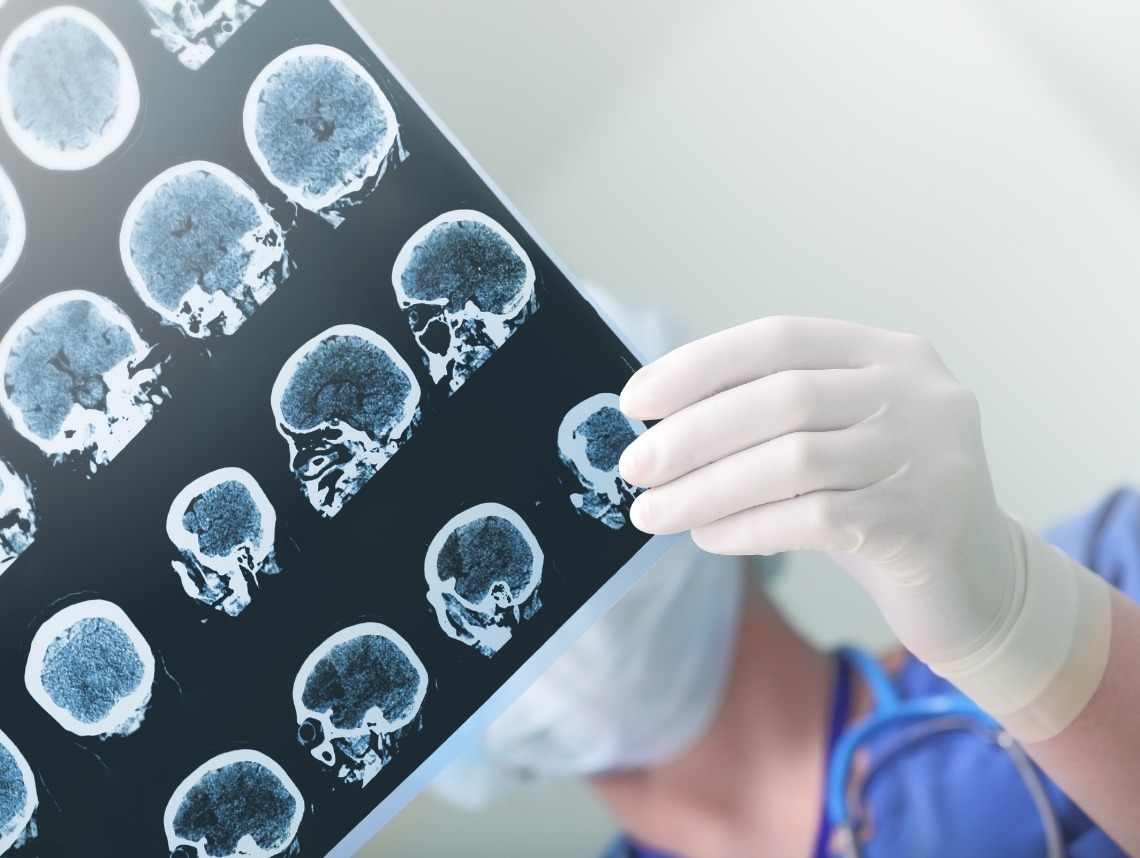Approximately 795,000 Americans suffer a stroke every year. And with more than 140,000 people dying each year from stroke, it’s the third-leading cause of death in this country, according to the U.S. Centers for Disease Control and Prevention.
It’s important to know the early warning signs and symptoms of stroke so you or a loved one can quickly identify them should you need to.
In this post you’ll learn what a stroke is, how to identify a stroke, and what to do about it. Knowing this information could help save a life one day.
What Is a Stroke?
A stroke occurs when part of the brain loses its blood supply and stops working. Because your brain needs a blood supply to function properly, the loss of blood supply causes the part of the body that the blood-deprived brain controls to stop working.
There are two types of stroke:
- Ischemic stroke which means part of the brain loses blood flow
- Hemorrhagic stroke which means bleeding occurs within the brain
A stroke is a medical emergency. There’s a short window of time to restore blood supply to the brain. If blood supply isn’t restored within that window, the stroke can lead to brain damage, disability, or even death.
That’s why it’s extremely important to know the early warning signs of a stroke and call 9-1-1 immediately if you or a loved one experiences them.
What Are the Early Warning Signs of a Stroke?
There are several common symptoms of stroke, including:
- Numbness or weakness in your face, arm, or leg, especially on one side
- Confusion or trouble understanding other people
- Difficulty speaking, such as slurring
- Trouble seeing with one or both eyes
- Problems walking or staying balanced or coordinated
- Dizziness
- Severe headache that comes on for no reason
You can check for these signs and symptoms using the FAST test. This test helps you easily remember the signs and quickly identify a stroke.
F: Face drooping. Ask the person to smile. See if the mouth droops on one side.
A: Arm weakness. Ask the person to lift both arms. See if there’s weakness or numbness. You can tell there’s weakness if one arm drops down.
S: Speech difficulty. Ask the person to repeat a simple sentence. Listen for slurring or difficulty speaking at all.
T: Time to call 9-1-1. If the person showed any of the symptoms above, even if those symptoms went away, call 9-1-1 immediately. Write down the time those symptoms presented themselves.
What Are the Signs and Symptoms of a Mini-Stroke?
The symptoms of a mini-stroke are the same as a stroke (listed above). A mini-stroke is also called a transient ischemic attack (TIA).
With a mini-stroke, the loss of blood to the brain is temporary. This may cause stroke-like symptoms but doesn’t cause permanent disability.
Mini strokes can be an early warning sign that the person suffering them is at risk of a stroke.
Because of this, and also because the signs are similar to those of a stroke, you should seek medical attention if you or a loved one shows these signs.
Summary
Nearly three-quarters of all strokes occur in people over the age of 65. If you or a loved one is over the age of 65, it’s important to know the signs of stroke and what to do if one occurs.
Here’s a summary of what we talked about in this post:
- Learn the warning signs of a stroke
- Let your family and friends know the signs of stroke too
- Teach your children the FAST test and how to call 9-1-1
- Call 9-1-1 if you or a loved one is showing the signs listed above
Contact Care Options for Kids for Home Care
If you or an aging loved one are considering home health care services, contact the caring staff at Care Options for Kids. Call today (888) 592-5855.
Sources
https://www.cdc.gov/
https://www.mayoclinic.org/diseases-conditions/transient-ischemic-attack/expert-answers/mini-stroke/faq-20058390






